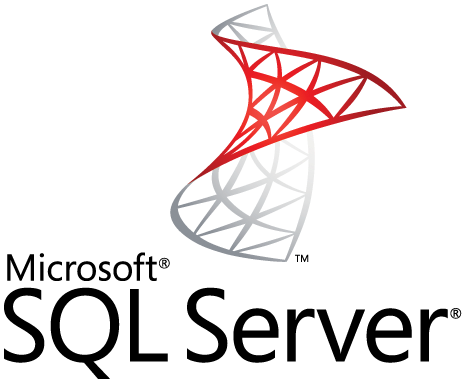
I am very passionate about having a disaster recovery architecture, plan and strategy. This is very important for business continuity. I will be walking you through a journey on implementing High Availability (HA) (AlwaysOn Availability group) on MSSQL Server.
AlwaysOn was introduced in SQL Server 2012. It is the solution for high availability and disaster recovery. It replaces database mirroring which was running on MSSQL Server 2005 and 2008. Database Mirroring in 2005 and 2008 has a lot of limitations and setback which AlwaysOn as already addressed all this issues. However, there are some certain uses cases where by Database Mirroring in 2005 and 2008 can be useful. MSSQL Server 2008 has already reached its end of extended support phase which implies implies Microsoft will know longer support this version of SQL Server. If we still have MSSQL Server 2008 running on production today, i would advise we start the migration plan to later versions of MSSQL Server.
There is an great need to ensure that our database servers running in production environment are highly available. We need to ensure, we have redundancy for database servers, in order to prevent any downtime which might be encountered as a result of any issues within our environment.
Databases servers are very critical and need more attention equally has application servers. There are numerous cases whereby we are more concerned about application servers being load-balanced (i.e having more than 1 instances running), but this should apply more to database servers. Running database servers in HA might be a bit tricky and comes with its ups and downs, but the pros outweighs the cons. Also, will also be talking tips on what to watch out for while running MSSQL Server in HA environment.
The database servers will be configured in different data centers to prevent single point of failure. If database servers are in different locations once there is a downtime in our data center, the database server can easily failover to another node in a different data center. While configuring the HA environment is it important to note that we need to have an odd number of all the nodes in a database cluster. For example, 3 nodes in three different data center or 5 nodes in five different data centers, to form a proper failover cluster quorum without having any issues.
Hope you found this article interesting! The article is a series of different parts and the next parts will be more technical. This is part 1 of the series and it is our foundation towards the next series.

